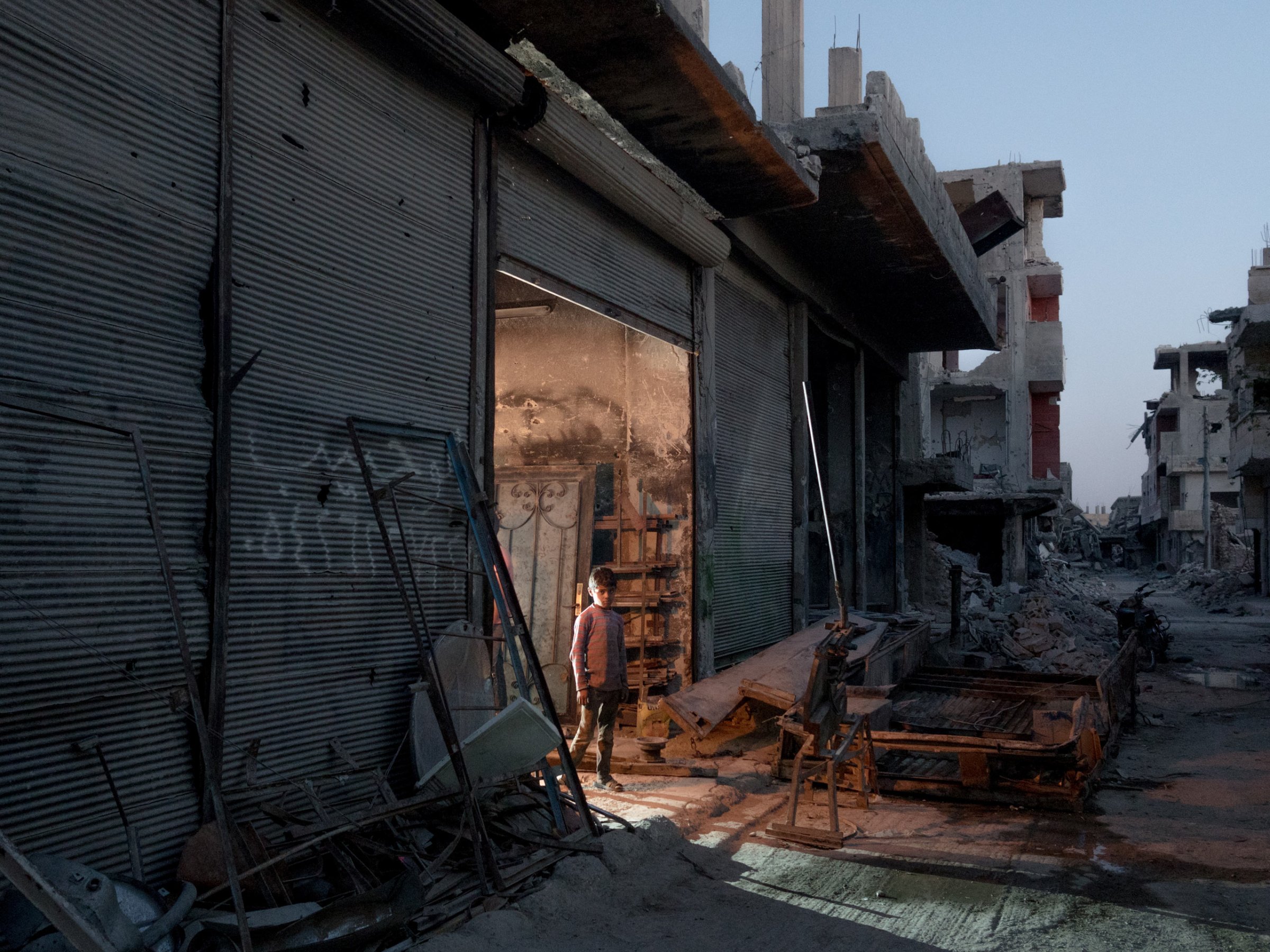
Last January, when Kurdish forces ended the Islamic State’s five-month siege of Kobani, a contested town in Rojava, a semi-autonomous region on the Syrian and Turkish border, the local population rejoiced.
The scene today is very different, says photographer Lorenzo Meloni, who, alongside his Magnum Photos colleague Moises Saman, photographed the region earlier this month. “During the war, the enthusiasm for every victory over the Islamic State generated widespread satisfaction and gratification,” he explains. “Today, however, the city is mostly destroyed. Many people have lost their homes. The unemployment rate is abysmal and although the reconstruction process has already began, it will take a long time and a lot of money before the city returns to a semblance of normality.” As a result, many residents, especially younger people and families, are now contemplating leaving their homes behind for the chance of a new and better life in Europe.
As Kobani has mostly disappeared from the headlines – despite a renewed ISIS offensive to retake the city – the impact of the war in Syria and parts of Iraq is being felt on European shores, as thousands of displaced people are looking to start over. “We seem to forget that what will happen in this part of the world will be decisive for the whole of the Middle East and the Mediterranean area,” says Meloni.
Both photographers had a desire to document the conditions on the ground six months after Kobani’s liberation. “This is a topic that’s usually forgotten,” says Meloni. “The idea was to give two points of view, each using our own language.”
For Saman, the project was an opportunity to gauge the impact of a collaboration on a news story, which he usually covers alone. It was also a chance for him to continue four years’ worth of work on the Arab Spring. “I felt that the Kurdish story was a natural continuation of my work in the region,” he says. “Although the Arab Spring was predominantly an Arab phenomenon, its fallout — namely the civil war in Syria and the rise of the Islamic State in both Syria and Iraq — has profoundly affected Kurdish populations.”
The Kurdish pushback against ISIS forces is deeply linked to the Kurds’ dream of autonomy, with many Kurds of Iraq and Turkey speaking of this battle “as if it were part of their own struggle,” says Saman. And while it remains one of the few success stories against the totalitarian so-called Islamic Caliphate, it’s also a source of tension in the region. In Serekaniye (the Kurdish name for Ras al-Ayn), both photographers could sense increasing Arab-Kurdish tensions. “[We] began to see emptied Arab villages, some of which showed signs of having burned down,” says Saman. “This only increased as we approached Tell Abyad, a predominately Arab town that the [Kurdish People’s Protection Units] recently won back from ISIS. That Arab-Kurdish tension was noticeable all the way until we reached Kobani.”
Both photographers hope that their work will shed light on the Kurds’ growing sense of transnational identity, which is set against the backdrop of a ruinous civil war. And, more importantly, it may help the rest of the world realize that “what happens in Rojava affects us directly,” says Meloni. “Or, at least, it should.”
Moises Saman and Lorenzo Meloni are photographers represented by Magnum Photos.
Alice Gabriner, who edited this photo essay, is TIME’s International Photo Editor.
Olivier Laurent is the editor of TIME LightBox. Follow him on Twitter and Instagram @olivierclaurent
Follow TIME LightBox on Facebook, Twitter and Instagram.

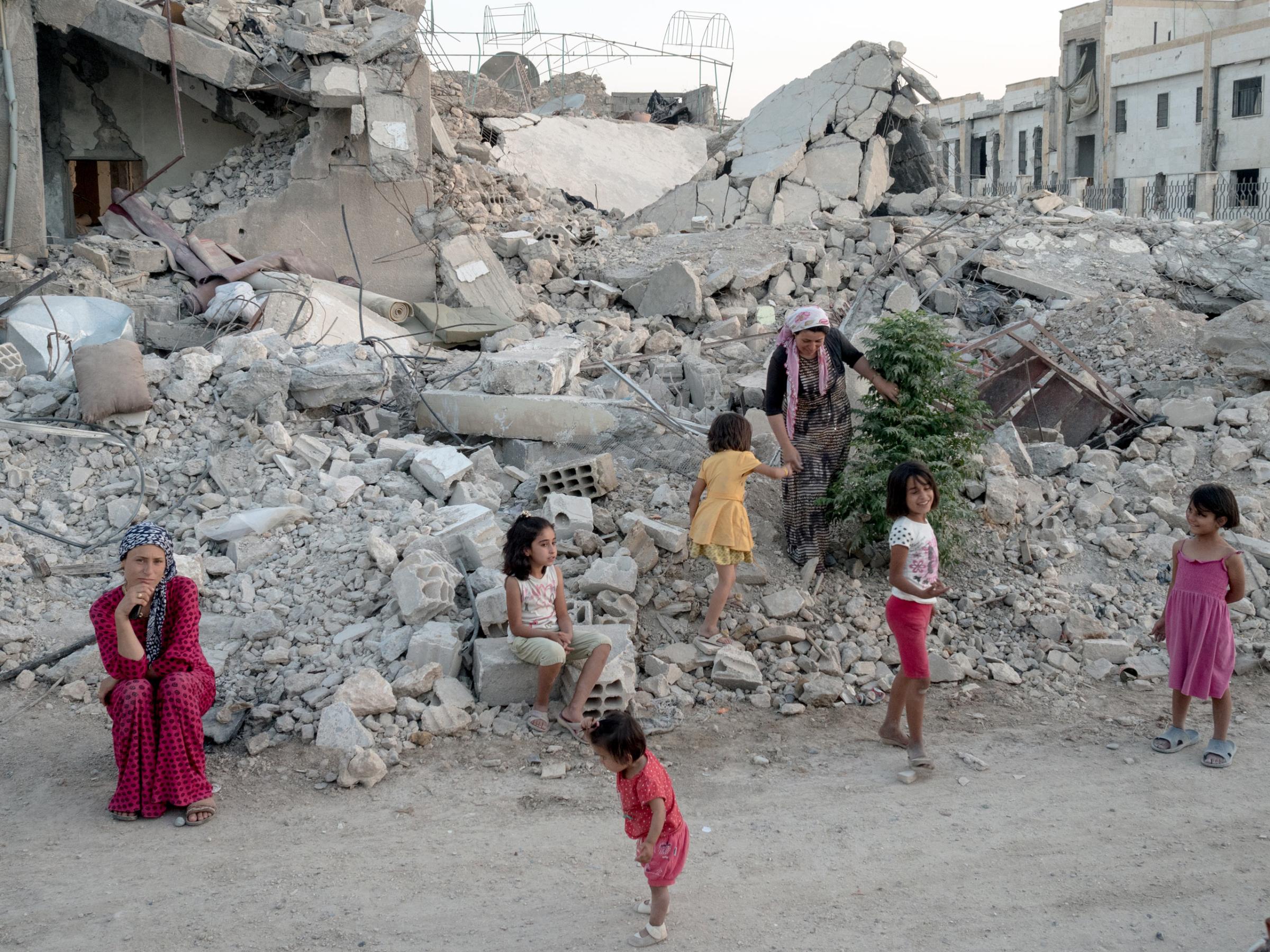
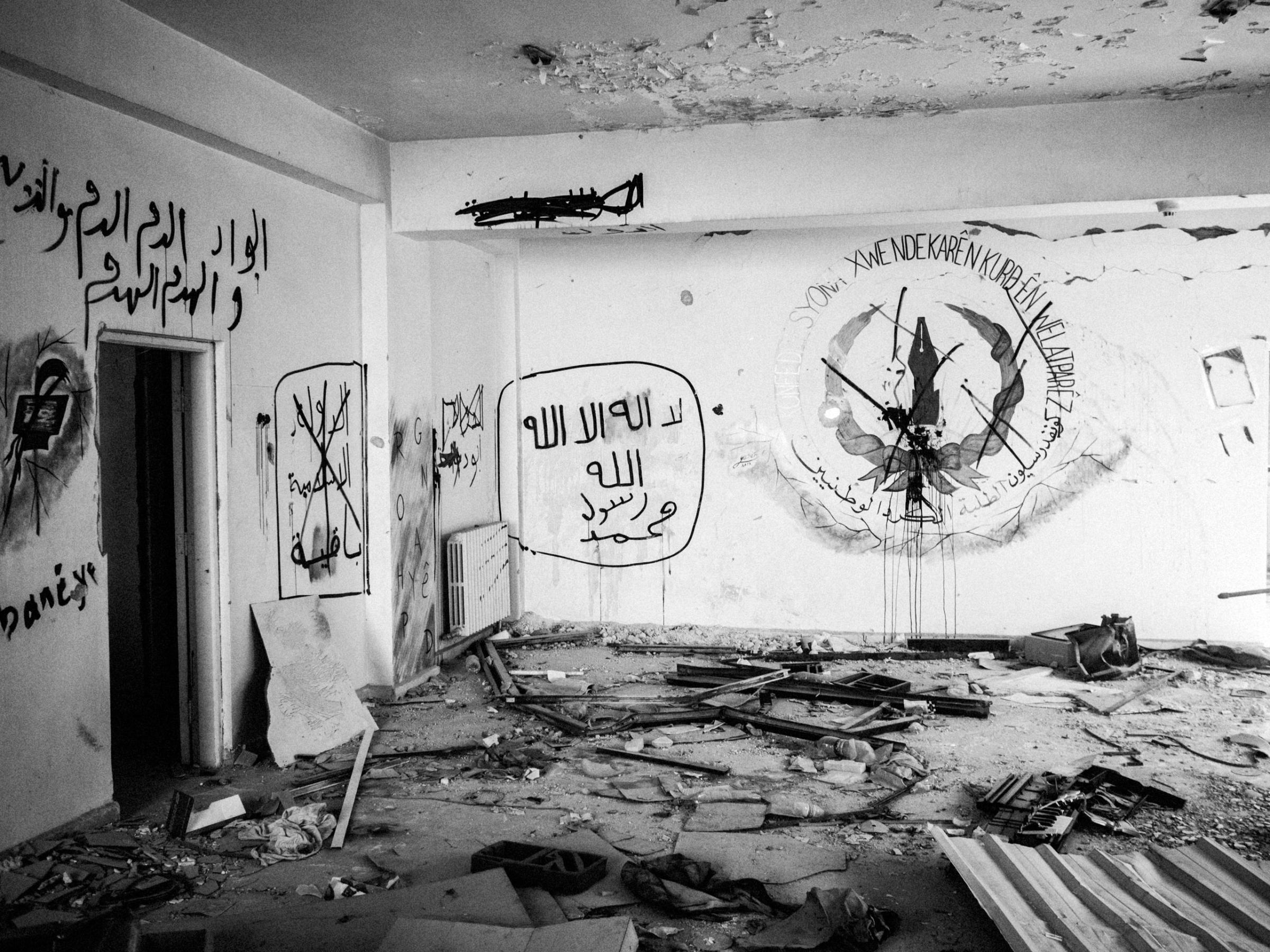
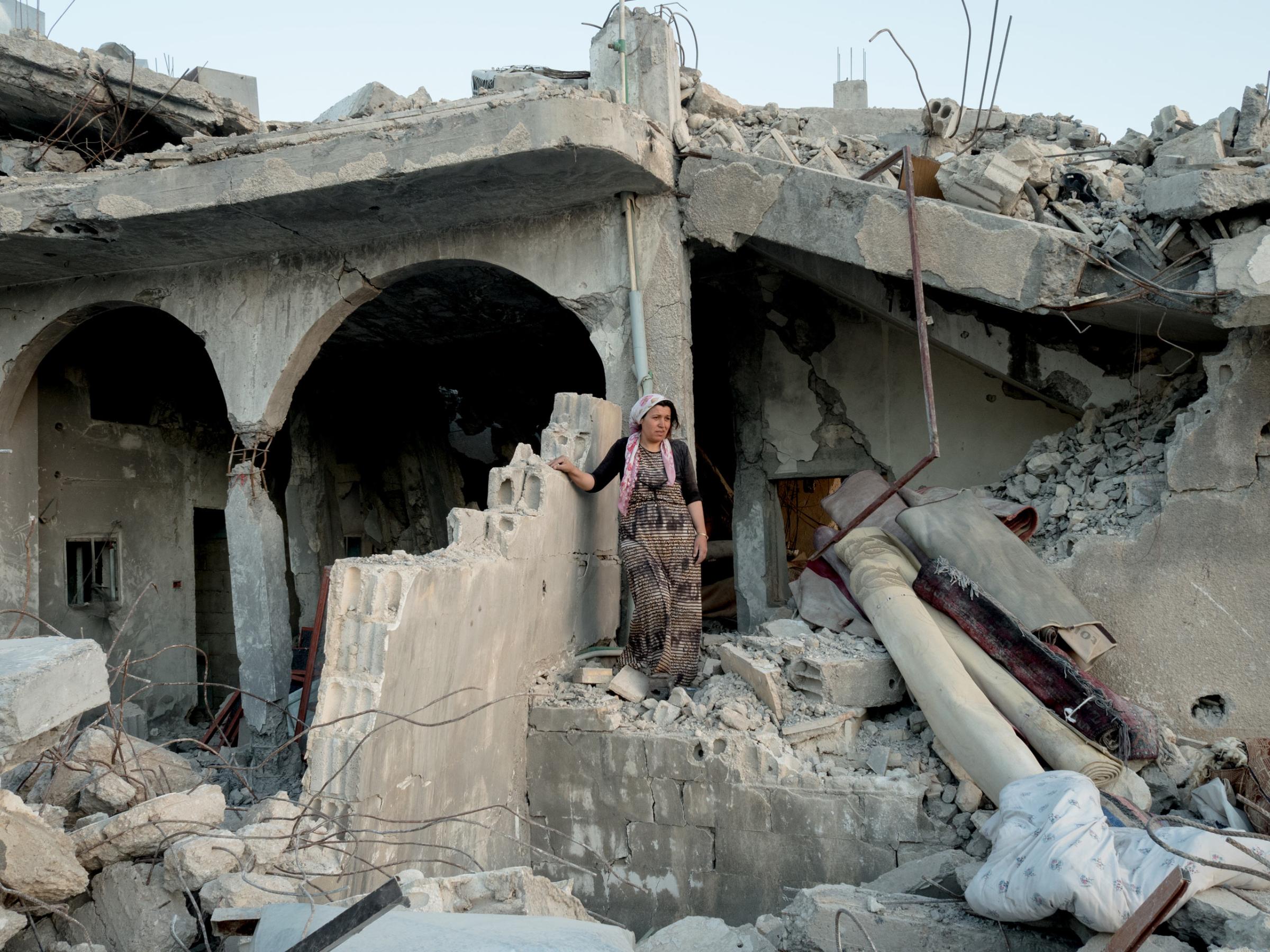
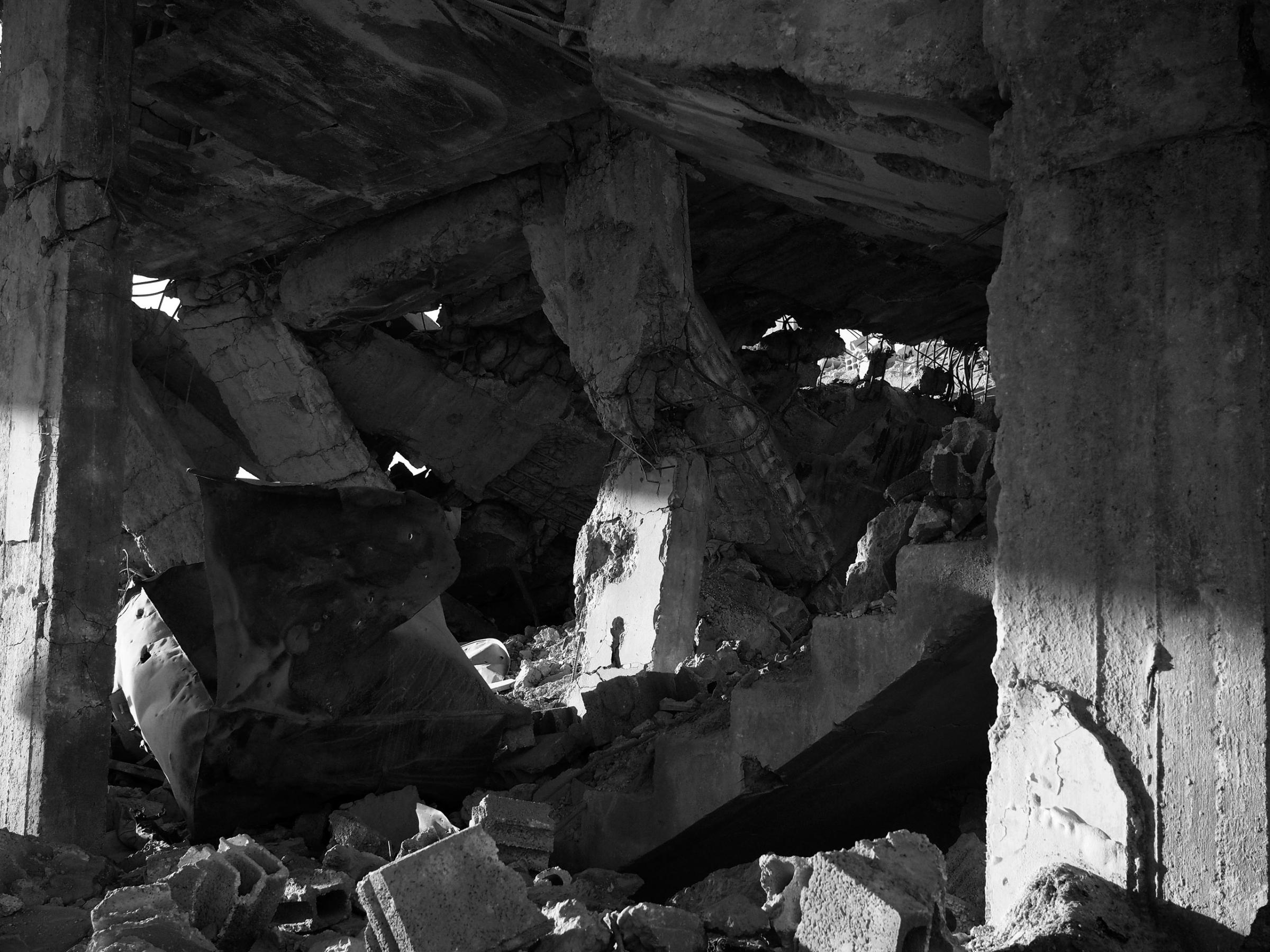

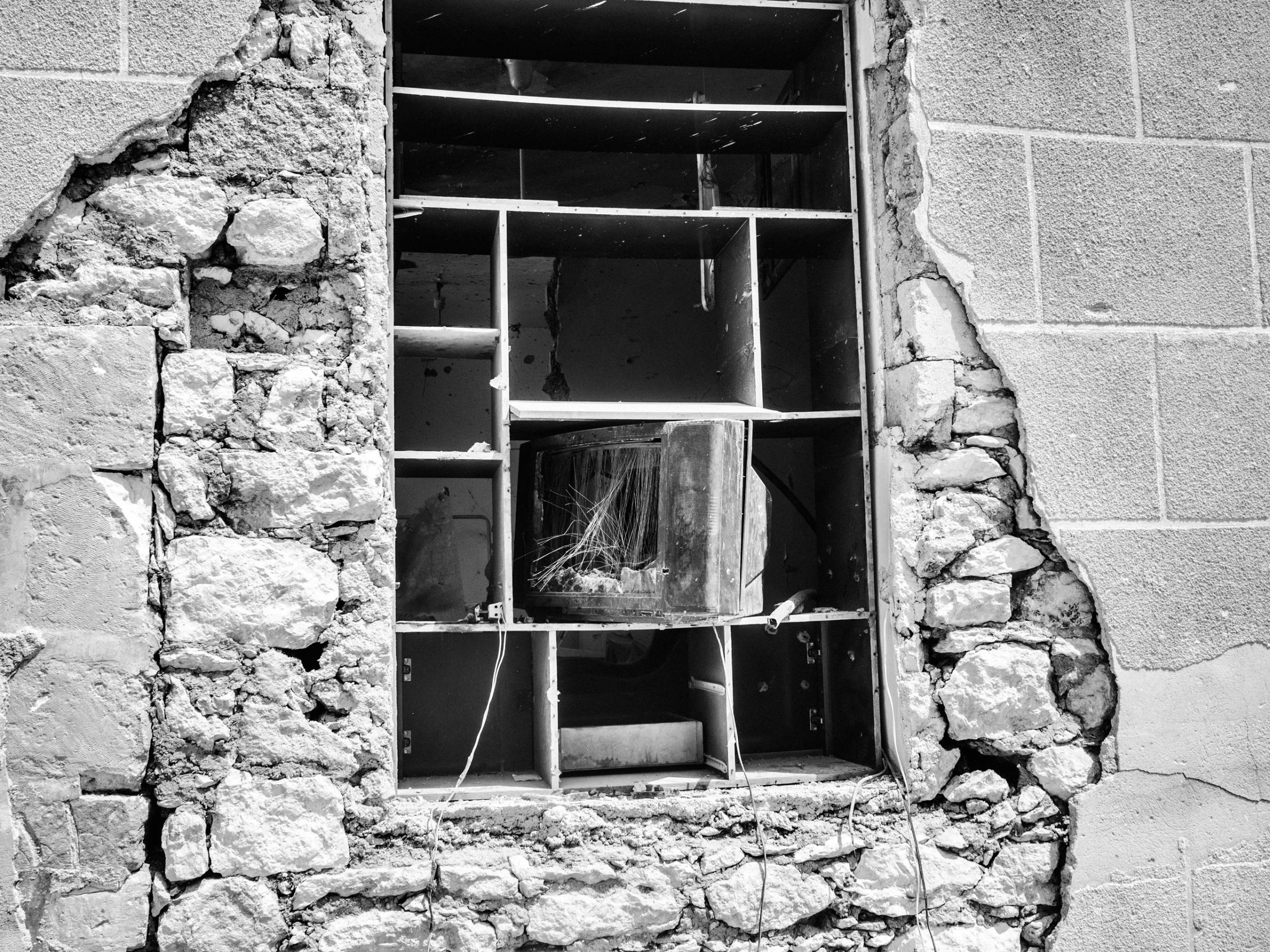



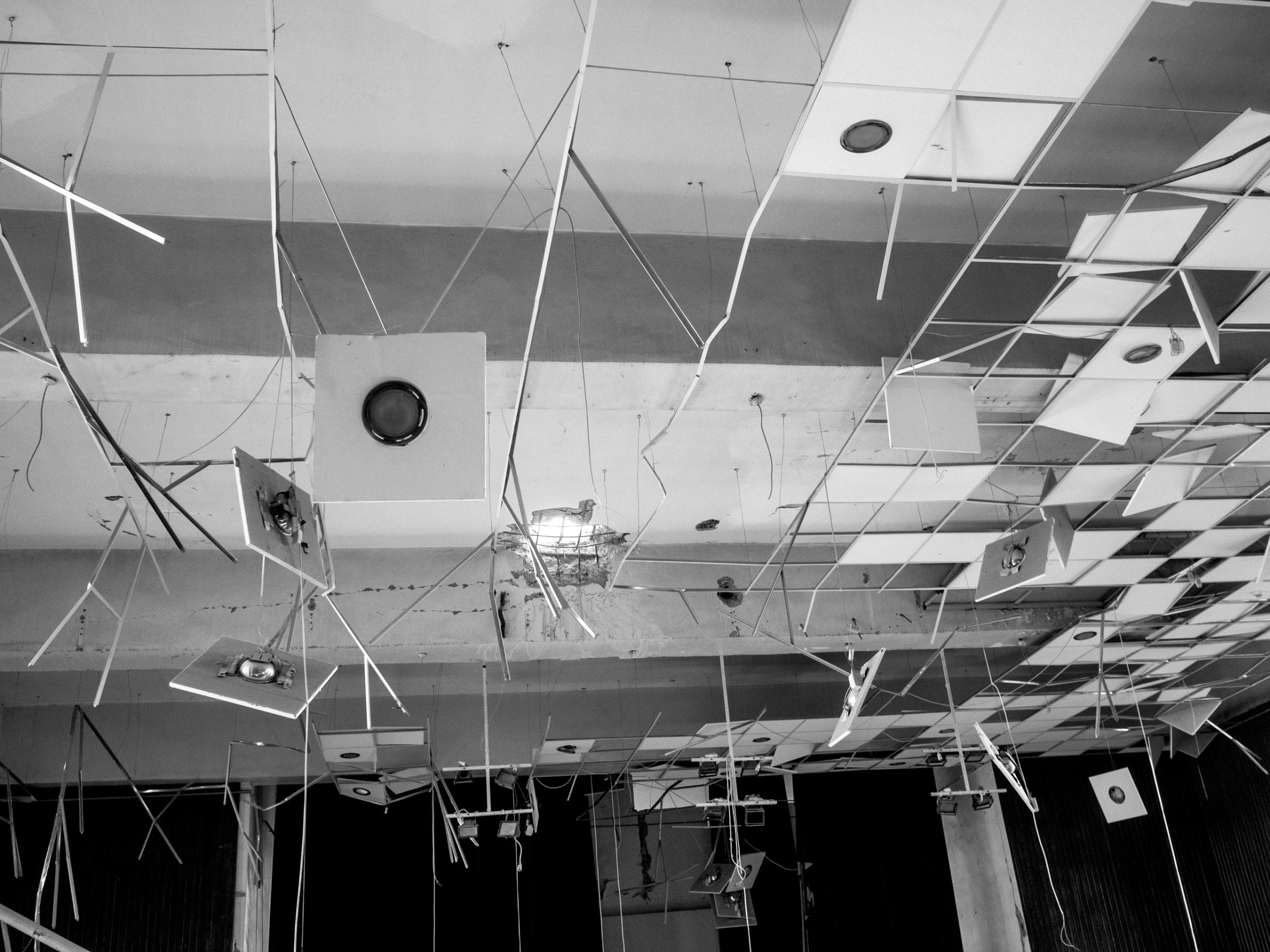


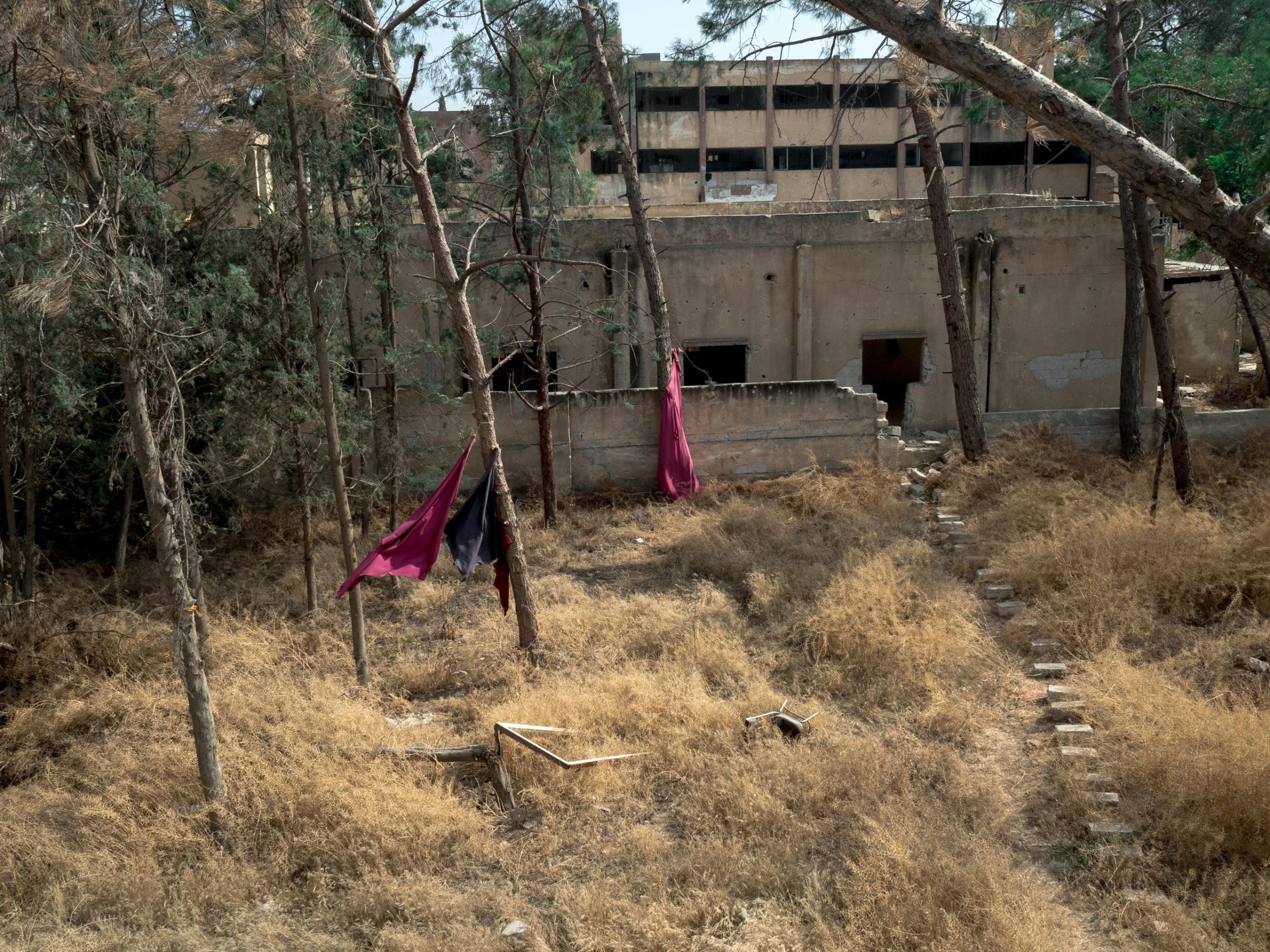
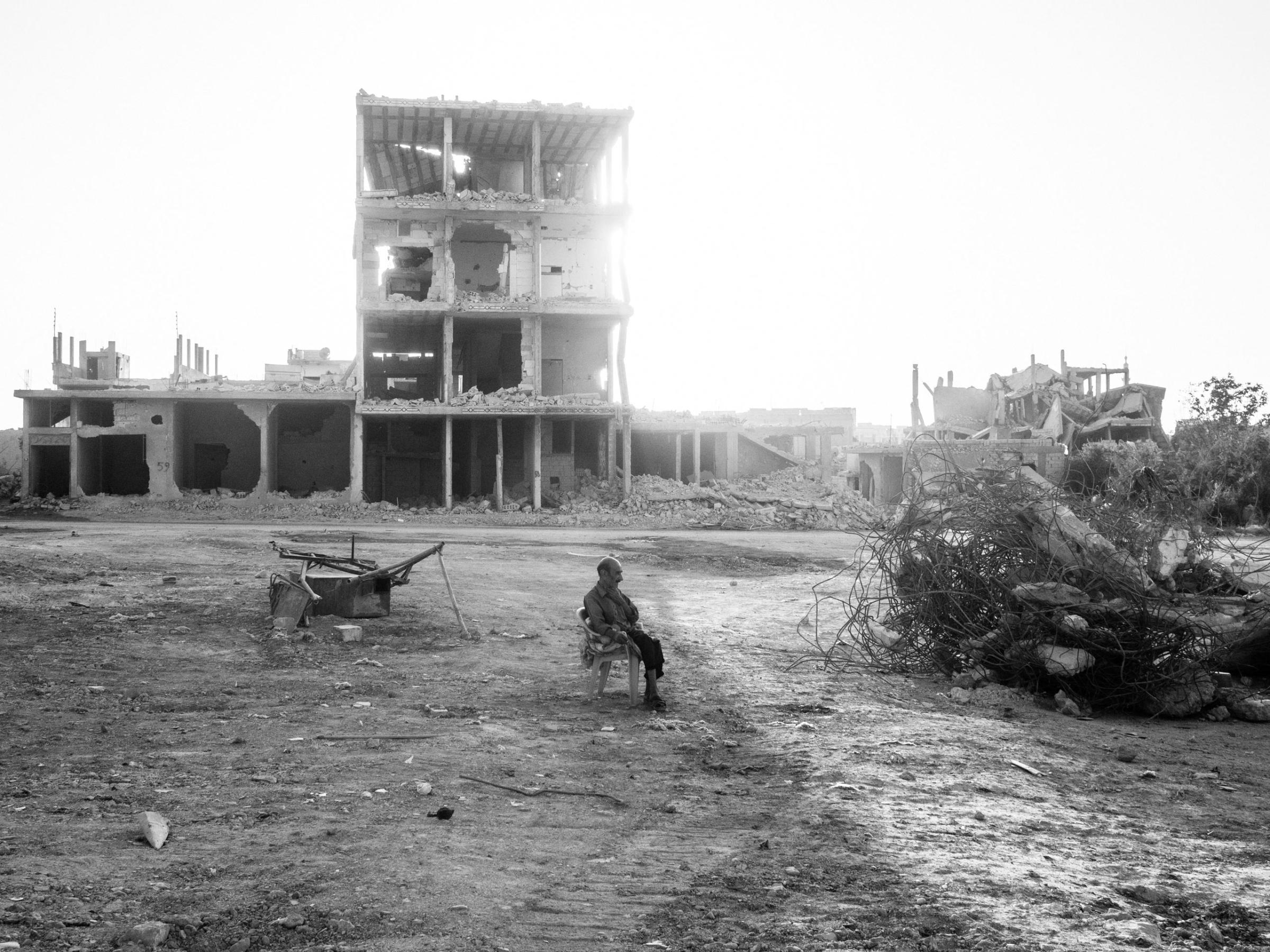

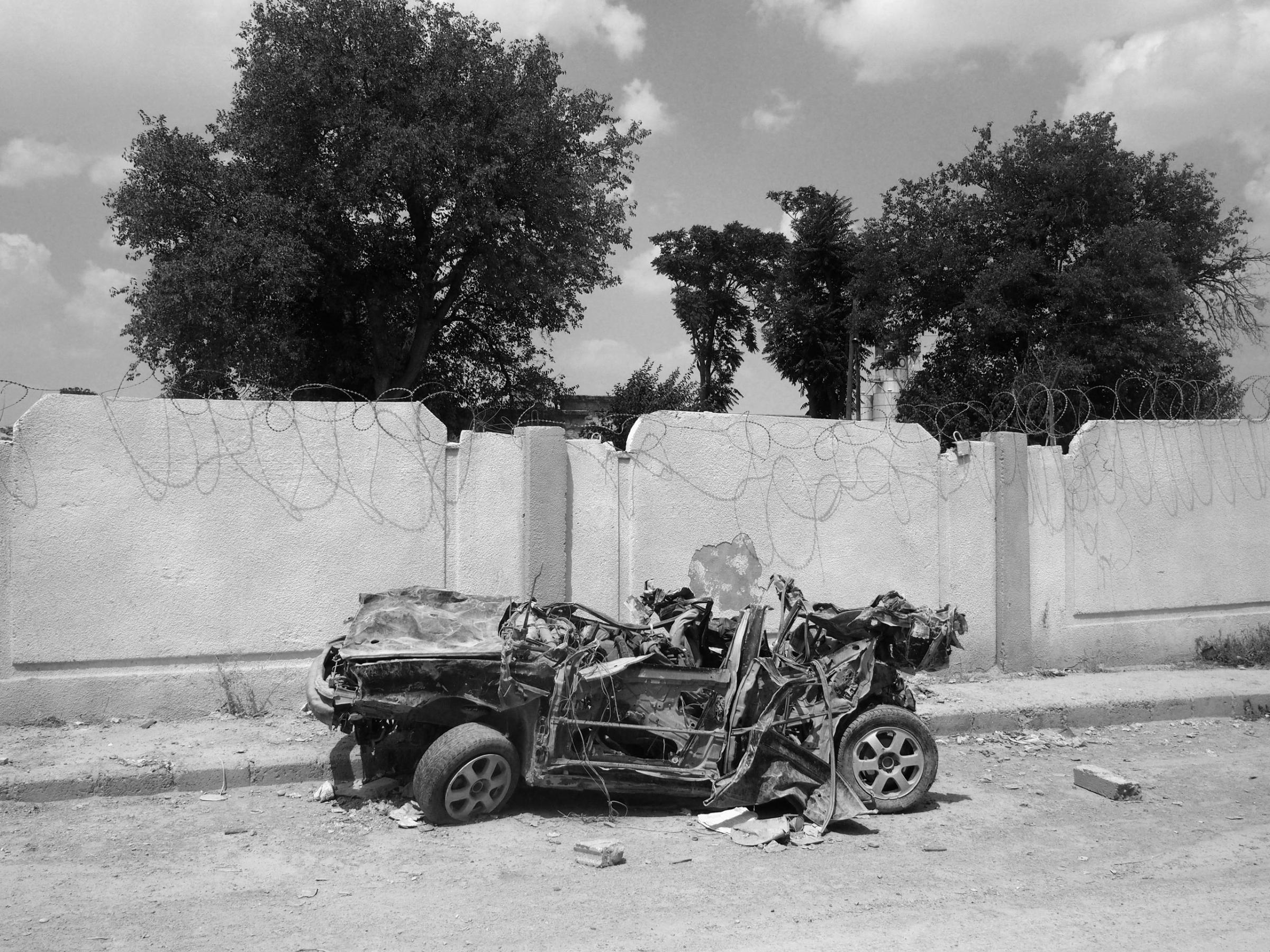
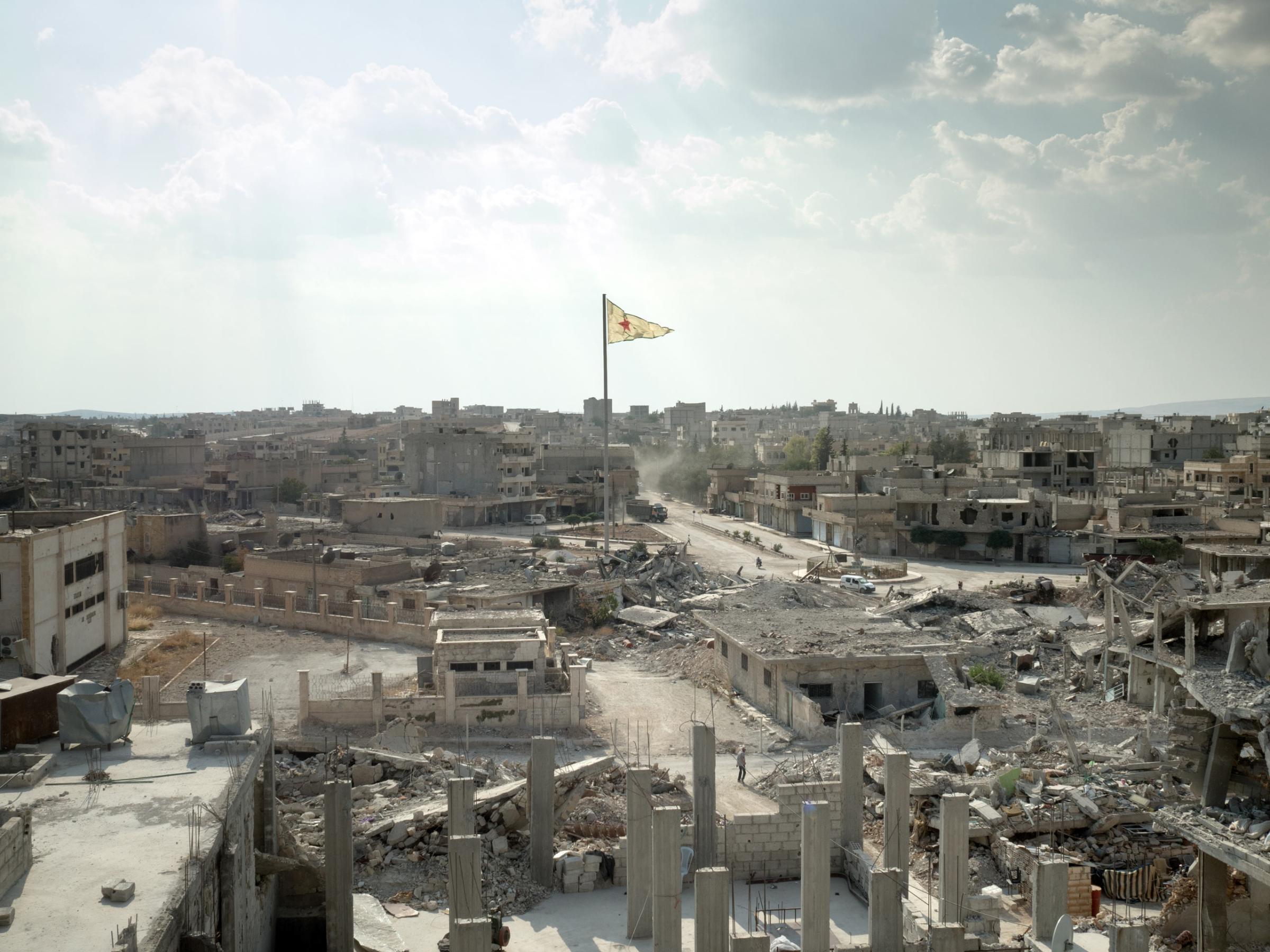
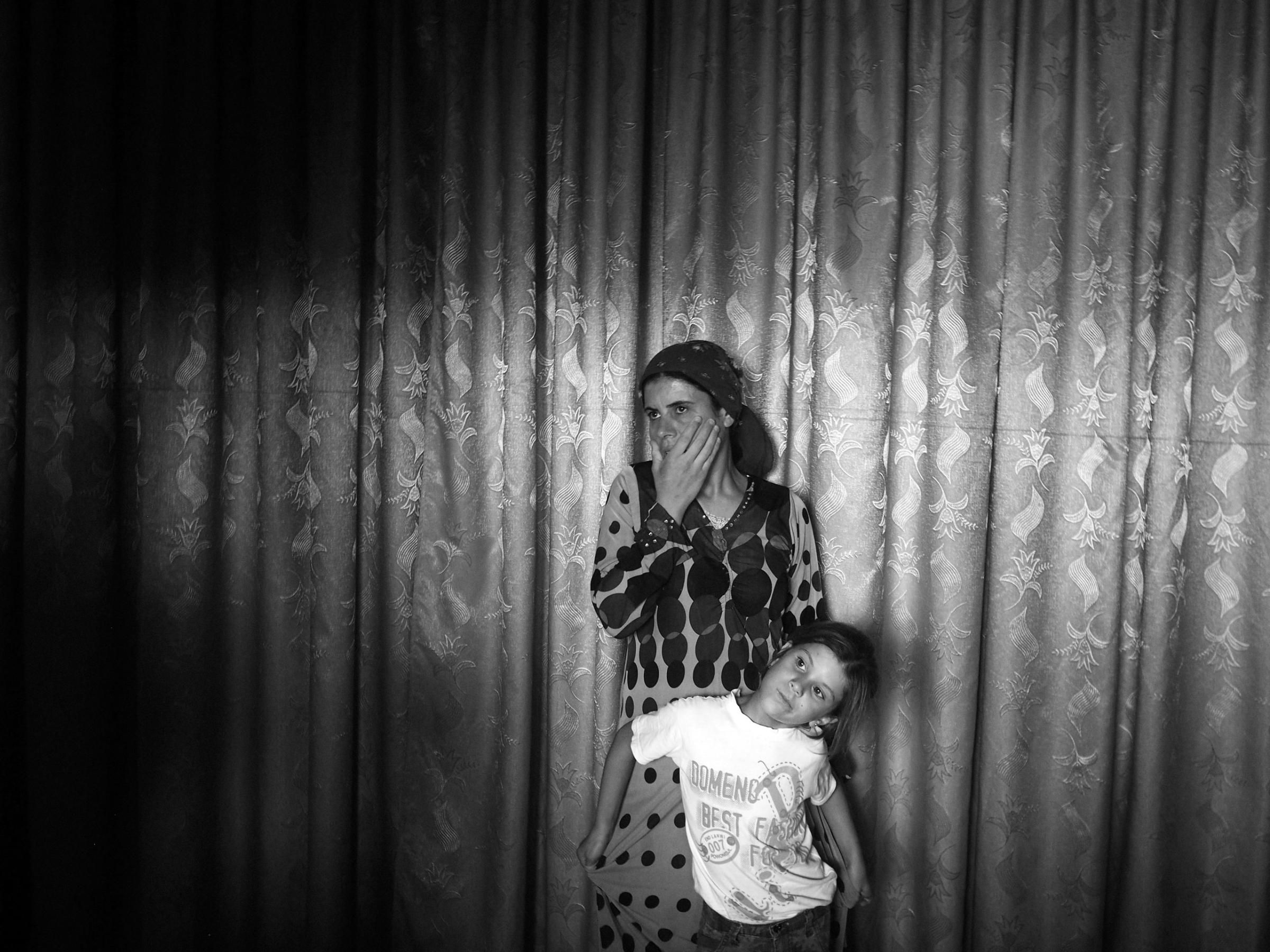

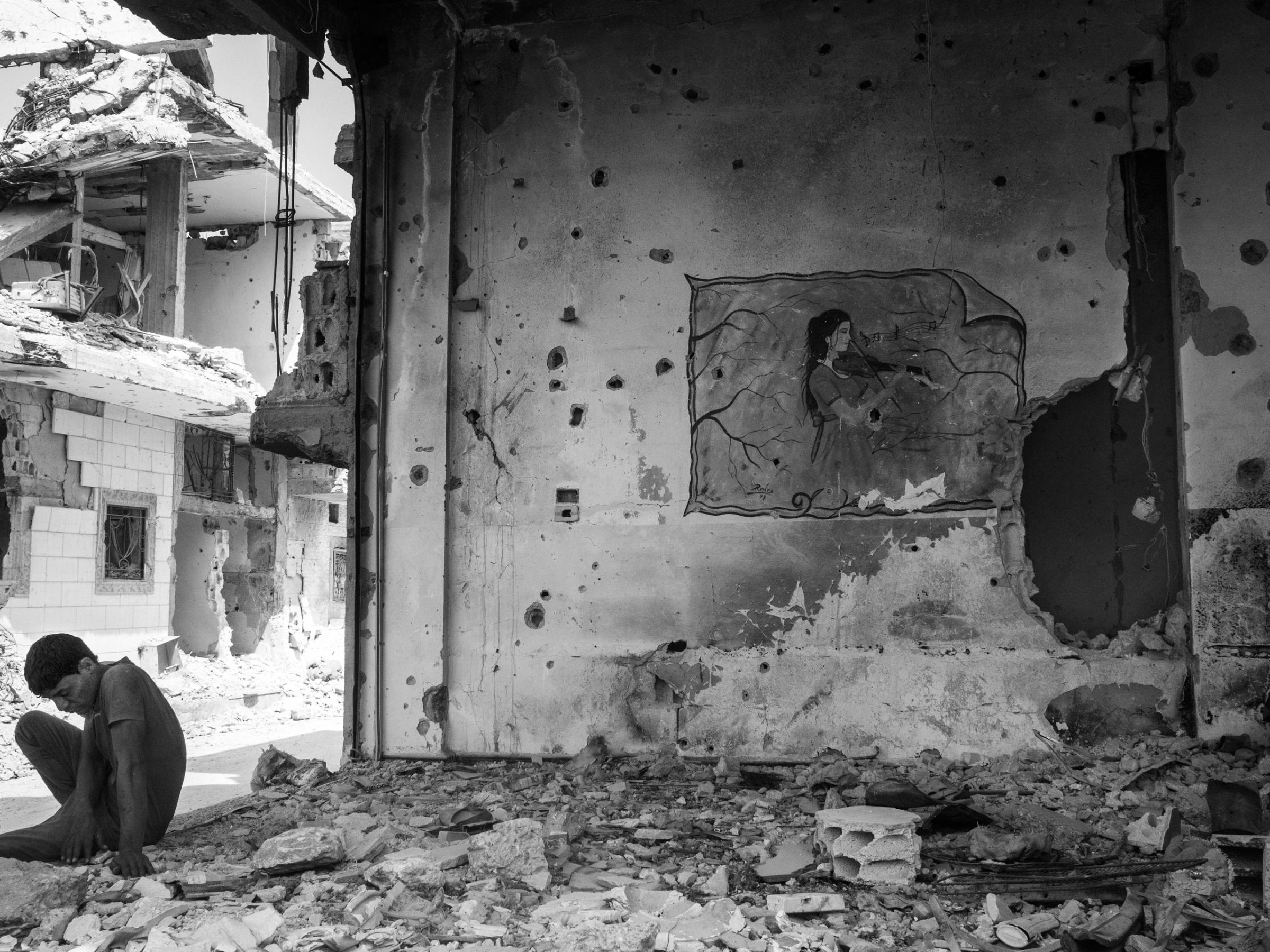
More Must-Reads From TIME
- The 100 Most Influential People of 2024
- Coco Gauff Is Playing for Herself Now
- Scenes From Pro-Palestinian Encampments Across U.S. Universities
- 6 Compliments That Land Every Time
- If You're Dating Right Now , You're Brave: Column
- The AI That Could Heal a Divided Internet
- Fallout Is a Brilliant Model for the Future of Video Game Adaptations
- Want Weekly Recs on What to Watch, Read, and More? Sign Up for Worth Your Time
Contact us at letters@time.com